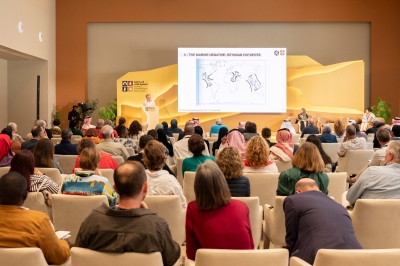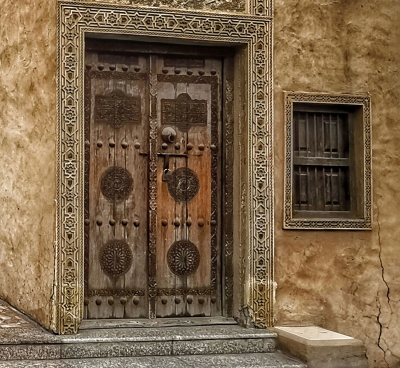

The Green Arabian Peninsula Project is a Saudi scientific initiative aimed at studying the expansion of human presence in the Arabian Peninsula during the ancient Stone Age. Research began in 2009, with excavations and field studies commencing in 2012.
It is supervised by the Heritage Commission in the Kingdom, in partnership with local and international entities, including King Saud University, the Saudi Geological Survey, the Max Planck Institute in Germany, the University of Queensland in Australia, and the University of Oxford in the United Kingdom.
Discoveries of the Green Arabian Peninsula Project
The project team has contributed to several antiquities, including human footprints estimated to be around 85,000 years old on the shores of an ancient lake in Al-Nufud Desert near Tabuk Province. Additionally, a fossilized human finger bone, also dating back 85,000 years, was uncovered at al-Wusta site in Tayma Governorate, likely belonging to one of the earliest modern human migrants to the Arabian Peninsula. The region is believed to have once been rich in green pastures, rivers, and lakes. Other discoveries include fossils of various animals such as elephants and crocodiles.
Objectives of the Green Arabian Peninsula Project
The project, in collaboration with Saudi universities, aims to study human settlement journeys along the Red Sea coast, historically known as the "Blue Arabian Peninsula," and within the Arabian Peninsula, referred to as the "Green Arabian Peninsula" during ancient wet periods. It seeks to confirm human habitation in the province, as well as the patterns and components of their way of life. It also aims to study ancient fossils in the Arabian Peninsula, including remnants of glacial fossils found in the western part of Al-Nufud Desert in the Kingdom.
Scope of the Green Arabian Peninsula Project
The studies of the Green Arabian Peninsula Project covered several sites in the Kingdom, including Umm Jirsan Cave, located in Harrat Khaybar about two hundred km north of al-Madinah al-Munawwarah. The project also documented ancient lakes, discovering at least ten thousand lakes across the Arabian Peninsula.
Related quizzes

